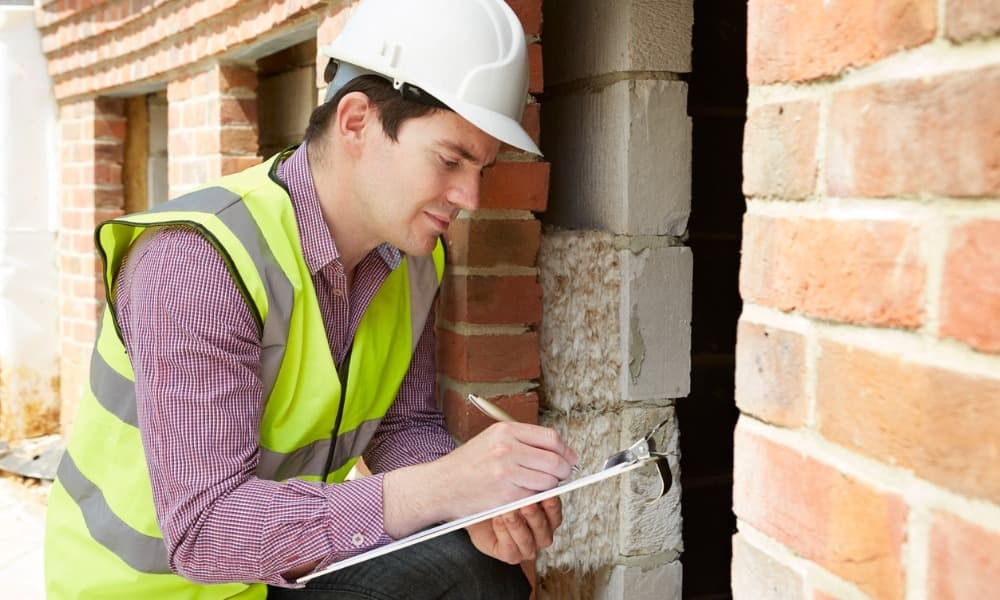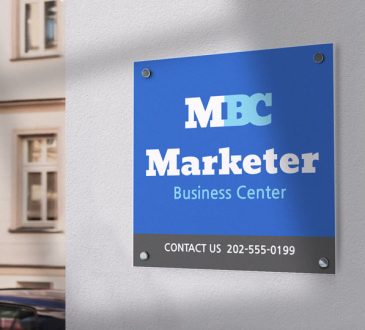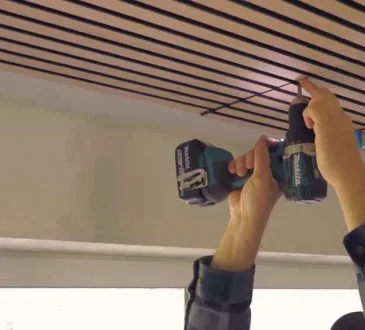As the world increasingly focuses on sustainability and environmental responsibility, green buildings are a cornerstone of modern architecture and urban development. These structures are designed to minimize environmental impact, reduce energy consumption, and provide occupants with healthier living and working spaces. However, the effectiveness and safety of green buildings rely heavily on proper construction, maintenance, and adherence to specific standards.
Building inspections comprehensively evaluate a structure’s condition, safety, and compliance with relevant codes and regulations. Due to the unique features and technologies incorporated into their design, these inspections have added significance for green buildings.
- Compliance with green building standards
Green buildings are often certified under rating systems such as LEED (Leadership in Energy and Environmental Design), BREEAM (Building Research Establishment Environmental Assessment Method), or local green building codes. Building inspections ensure that the construction and systems align with these standards. Inspectors verify that the materials used, energy-efficient technologies installed, and overall design meets the criteria set forth by these certification programs.
- Ensuring energy efficiency performance
The primary goal of green buildings is to reduce energy consumption. Building inspections are vital in verifying that energy-efficient systems are correctly installed and functioning as intended. This includes inspecting insulation, HVAC systems, windows, and other components contributing to the building’s energy performance—regular inspections compromise energy for timely corrections and maintaining the building’s green credentials.
- Assessing water conservation measures
Water conservation is another crucial aspect of green buildings. Inspections evaluate water-saving fixtures, rainwater harvesting systems, and grey water recycling setups to ensure they are correctly installed and operating. This helps maintain the building’s sustainability goals and prevents water waste and potential leaks or malfunctions.
- Evaluating indoor air quality
Green buildings prioritize occupant health and well-being, strongly emphasizing indoor air quality. Building inspections assess ventilation systems, air filtration, and the use of low-emission materials to ensure a healthy indoor environment. Regular inspections detect issues such as poor ventilation or volatile organic compounds (VOCs) that could compromise air quality.
- Checking structural integrity and safety
While green buildings focus on sustainability, they must still meet all safety standards. Building inspections must ensure the structure and all safety features, including fire protection system exits, are in place and functioning correctly. This is particularly important for green buildings incorporating innovative materials or construction techniques.
- Monitoring renewable energy systems
Many green buildings incorporate renewable energy systems such as solar panels, wind turbines, or geothermal heating. Building inspection systems are installed, maintained, and performed optimally. Regular checks reduce efficiency or pose safety risks.
- Verifying waste management practices
Effective waste management is a hallmark of green buildings. Inspections assess whether recycling facilities, composting systems, and waste reduction strategies are correctly implemented and maintained. Proper waste handling helps the building minimize its environmental impact.
Check This Out building inspections also play a crucial role in educating building owners and managers about maintaining green technologies and systems. This knowledge transfer is for the long-term success of sustainable buildings.
- Ensuring compliance with evolving regulations
Green building standards and environmental regulations are continually evolving. Regular building inspections of green buildings comply with the latest requirements. This is ongoing assessment of timely upgrades or modifications to meet new standards, maintaining the building’s green compliance.
The longevity of green buildings is crucial for achieving long-term sustainability goals. Regular inspections identify wear and tear for proactive maintenance that extends the life of sustainable features and the building. This longevity is critical to maximizing the environment of green construction over time.





